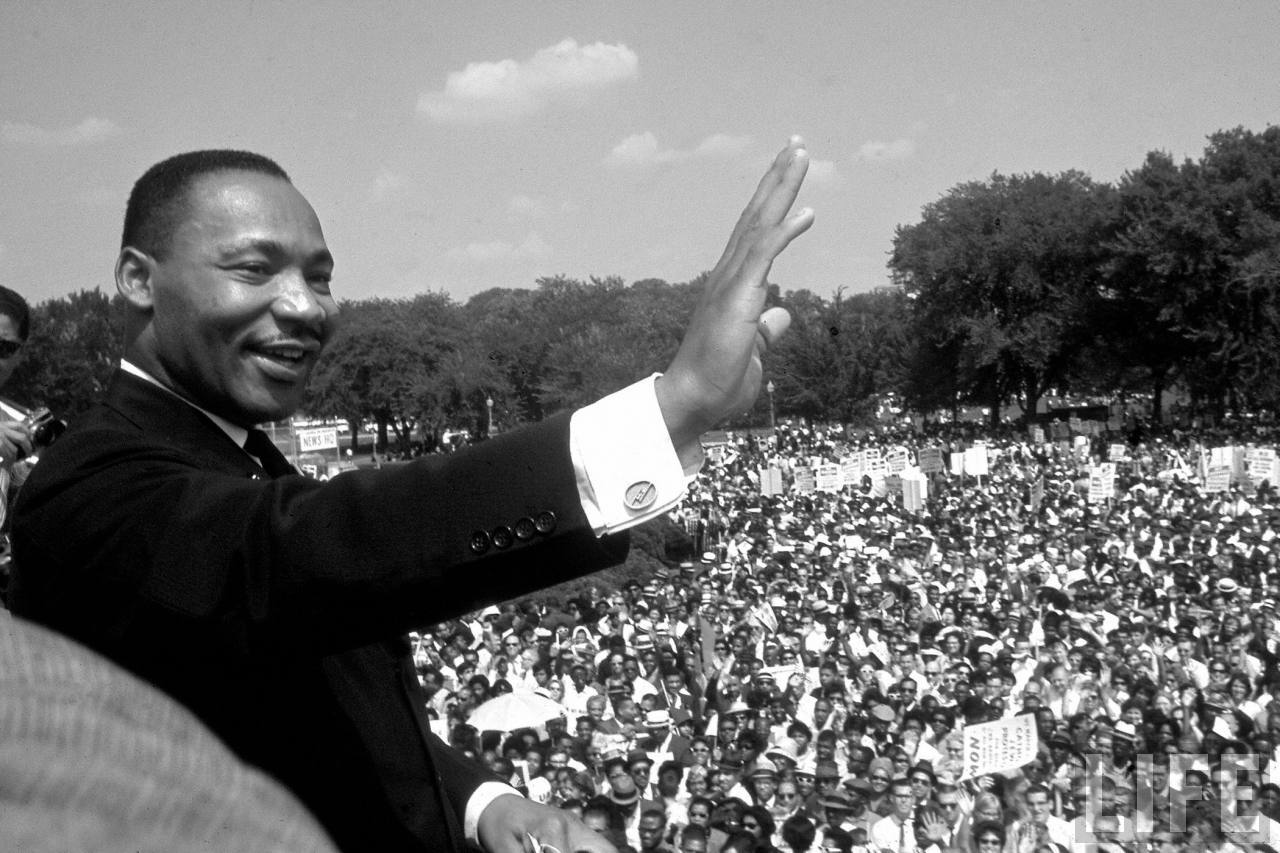A
quinceañera is a Latina girl's traditional fifteenth birthday celebration. The word comes from the Spanish words
quince (fifteen) and
año (year.) It symbolizes the girl's transition from childhood to womanhood and the renewal of her faith.
Quinceañeras are celebrated in many parts of Latin America, particularly Mexico. Latina girls in the United States often have
quinceañeras as well.
Quinceañera traditions vary from place to place.
The tradition is believed to go back to the Aztecs. Aztec girls were not considered to be a part of society until around age fifteen, when they prepared for marriage. Older women in the community taught women's tasks to young girls. Once the preparation was complete, a coming-of-age ceremony would take place. When the Spanish conquered Mexico, they brought Christianity to the indigenous people. Over time, a Christian aspect was added to the coming-of-age ceremony.
Preparations for a
quinceañera often begin months in advance. The girl (who is known as a
quinceañera herself) must select her
damas and
chambelanes (girls and boys, typically friends or relatives, who will accompany her during the ceremony) and rehearse for the traditional dances. A girl traditionally has fourteen
damas and fifteen
chambelanes (one
chambelan is her personal escort,) each
dama representing one year of her life. However, some girls choose to have only
damas or only
chambelanes. Sometimes a girl takes classes at her church dealing with her faith and her relationship with God, according to
therosedress.com. A hall must be rented, guests must be invited, a dress must be bought, and the menu must be planned.
Quinceañeras are typically very expensive.
There are two parts to a
quinceañera, the Mass and the reception. The Mass is known as
Misa de Accion de Gracias (thanksgiving Mass.) The girl wears a full-length dress. It is usually white or pastel-colored. At the beginning of the Mass, the
quinceañera walks up the aisle escorted by her parents and
padrinos (godparents) and followed by her court (the
damas and
chambelanes.) The
quinceañera sits or kneels on a pillow in front of the altar. The priest blesses her gifts and gives a sermon on faith and the girl's new role as a woman in her church community. The girl renews her baptismal vows, gives thanks for fifteen years of life, and receives gifts, including a tiara, a scepter, a Bible, and jewelry. The tiara symbolizes the fact that the girl is a princess before God. The scepter symbolizes authority and responsibility. At the end of the Mass the girl places a bouquet on the altar to honor the Virgin Mary and younger family members pass out
bolos (favors) to the congregation. The court then attends a photo session.
At the beginning of the reception, the Changing of the Shoes takes place. The birthday girl sits in a chair and her mother or father removes her flat shoes and puts on her high heels, symbolizing her transition into womanhood. She then waltzes with her father.
The
vals (waltz) is a very important part of the reception. It begins with the birthday girl dancing with her father. She then dances with her
chambelan escort and is eventually joined by her entire court. The court practices the
vals for months prior to the
quinceañera. Another popular tradition is the presentation of
la ultima muñeca (the last doll.) The doll often wears a tiny version of the birthday girl's dress and represents the end of childhood. Sometimes the
quinceañera gives the doll to a younger girl in the family; sometimes she keeps it.
The reception is typically a lavish celebration. There is a
multi-layered cake that is often decorated in the color of the girl's
dress. The
quinceañera's
father gives a
brindis (toast) to his daughter. Then the fifteen candles on the cake are lit. Sometimes each candle is lit by a different guest.
Quinceañeras are celebrated differently in different places, but no matter what, a
quinceañera is a birthday that a girl will never forget.
Birthday shoutouts to Mom






